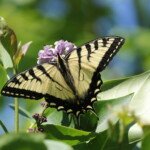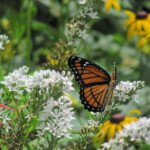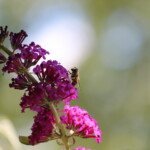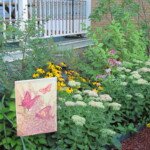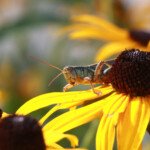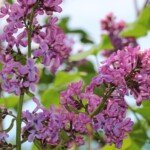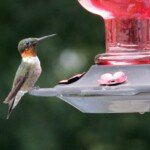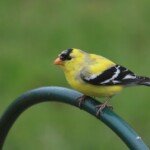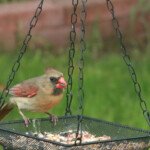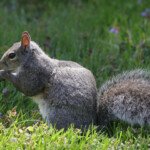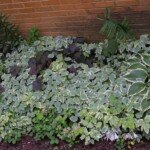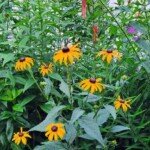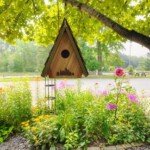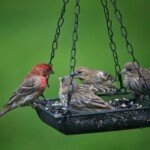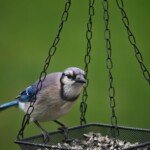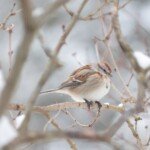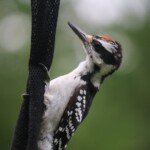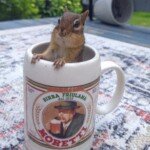Certified Wildlife Habitat
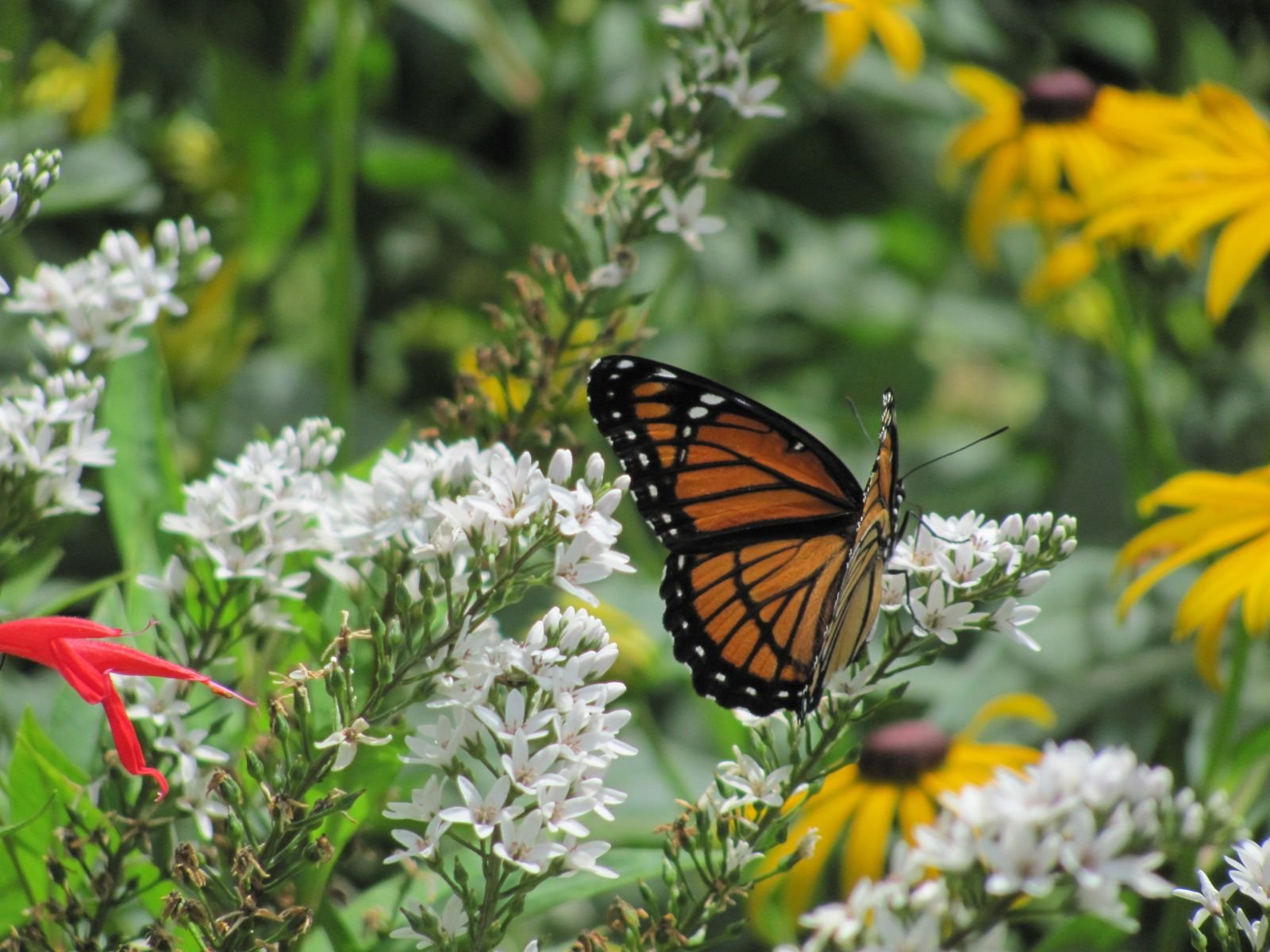
Start Planting with a Purpose
You can create change right outside your door
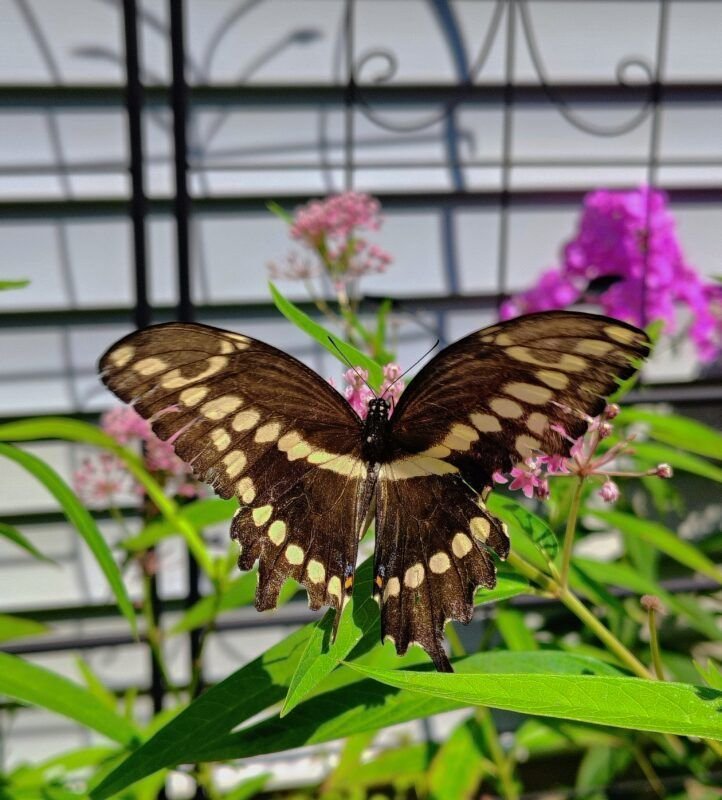
According to the National Wildlife Federation, anyone Can Be Part of the Native Plant Movement
Over 50 years ago, they launched programs that have inspired what has become one of the largest national (and increasingly international) native plant movements. Since 1973, their goal has been to inspire people to plant natives and influence the way they maintain their yards, gardens, and community green spaces to benefit wildlife and people.
Today, an estimated seven million people have participated. By planting natives, they’ve supported local biodiversity that echoes what Indigenous people, conservationists, and many local community leaders have known for generations—that we must honor the interdependent relationship between plants, wildlife, and people.
What can you do to be involved?
Download the NWF checklist – Does your habitat qualify for certification? Refer to their list for examples of compliance.
Plant native plants – Native Plant Finder
Provide at least three natural food sources for wildlife
Provide at least one source of water for bathing and drinking
Provide at least two places for wildlife to find shelter
Provide at least two places for wildlife to engage in courtship behavior, mate and bear and raise their young
Employ practices from at least two of four categories to manage your habitat in a sustainable fashion
I’m certified! You can be too if you meet the requirements.
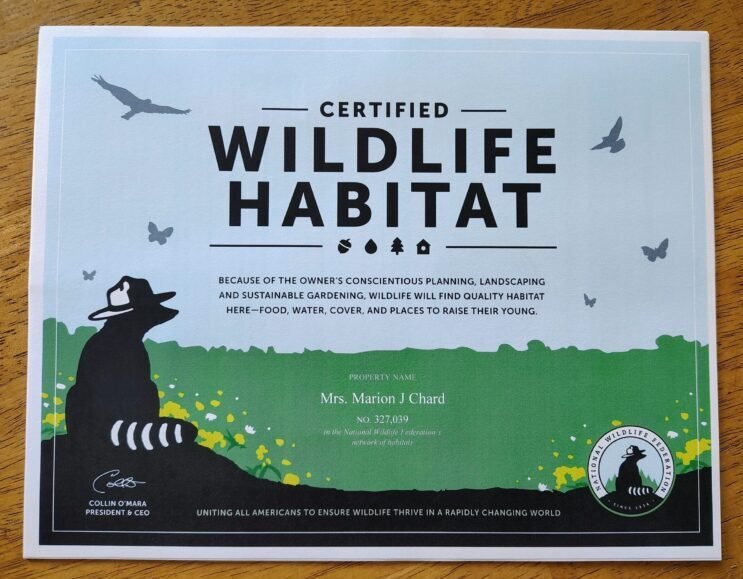
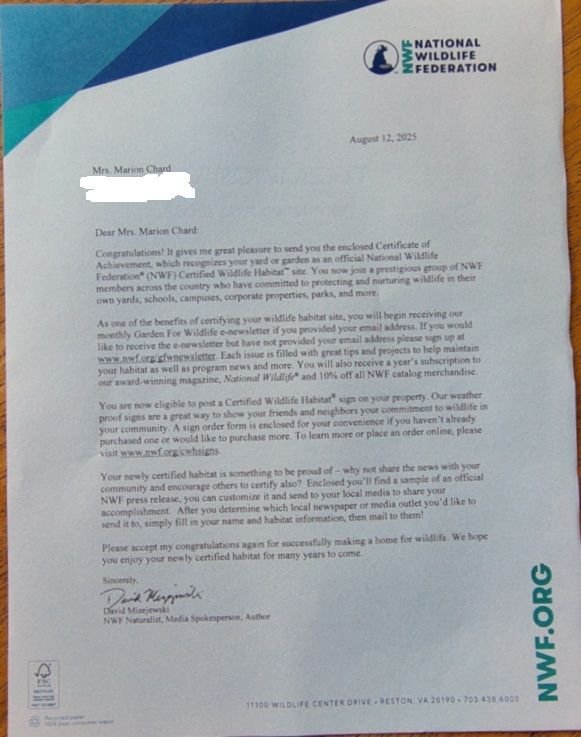
Can just one plant make a difference? You’d be surprised but the answer is a definite yes. Last fall we planted a single milkweed plant, Hmmm, let’s try one and see what happens. Astonishingly, we discovered a monarch caterpillar feasting on its delicious leaves. We were so pleased and so shocked. So, a few weeks ago we ordered two different species and are getting ready to plant them this week. Think of the possibilities…
We’re proud to announce that our yard is a happy and safe place for a multitude of birds, insects and animals. On any given day, you might see anyone of several gray squirrels and chipmunks sitting on our deck and eating peanuts and sunflower seeds. Often, they will accept peanuts from our hands. And since we provide them with a source of nutrition, they no longer find it necessary to bother our multiple bird feeders. A win-win situation.
We last counted over 40 species of birds in our front and back yard. They range from the tiny ruby-throated hummingbird to the very large and prehistoric looking pileated woodpecker. In fact, the other day, we were delighted to see a fledging perched next to its parent at the suet feeder. It was a first for us.
As far as insects are concerned, we’ve seen numerous clear-winged hummingbird moths, five different species of butterflies, and pollen-covered bumblebees, along with an assortment of other flying friends. You’ll spot them daily among the phlox, milkweed, tiger lilies, and Joe Pyeweed.
As a bonus for being certified with NWF, you not only get a paper certificate (see above), but you can choose from a standard sign, a garden flag, a personalized wall or lawn plaque, or a decorative wall of lawn plaque for a fee. I chose the decorative sign, you see below. Now I just have to decide where to place it.
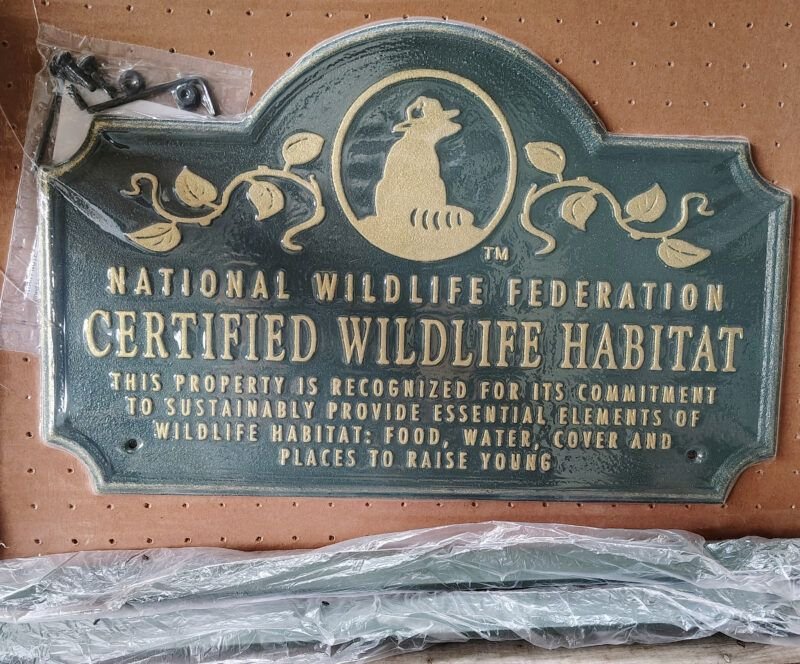
I hope I’ve inspired you to not only want to have a more sustainable landscape, but maybe you’ll consider taking the NWF quiz and become certified like me.
Note: All images provided by me

